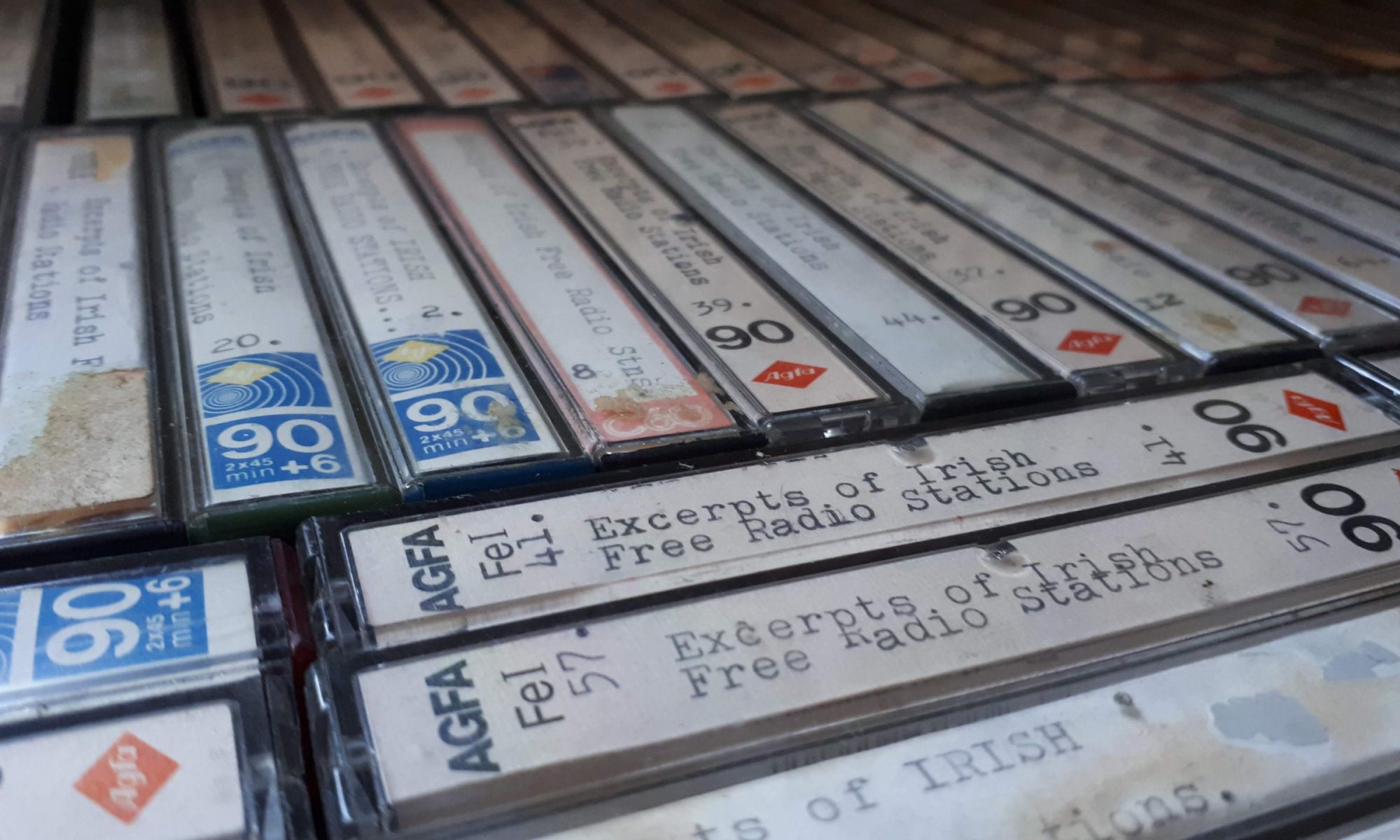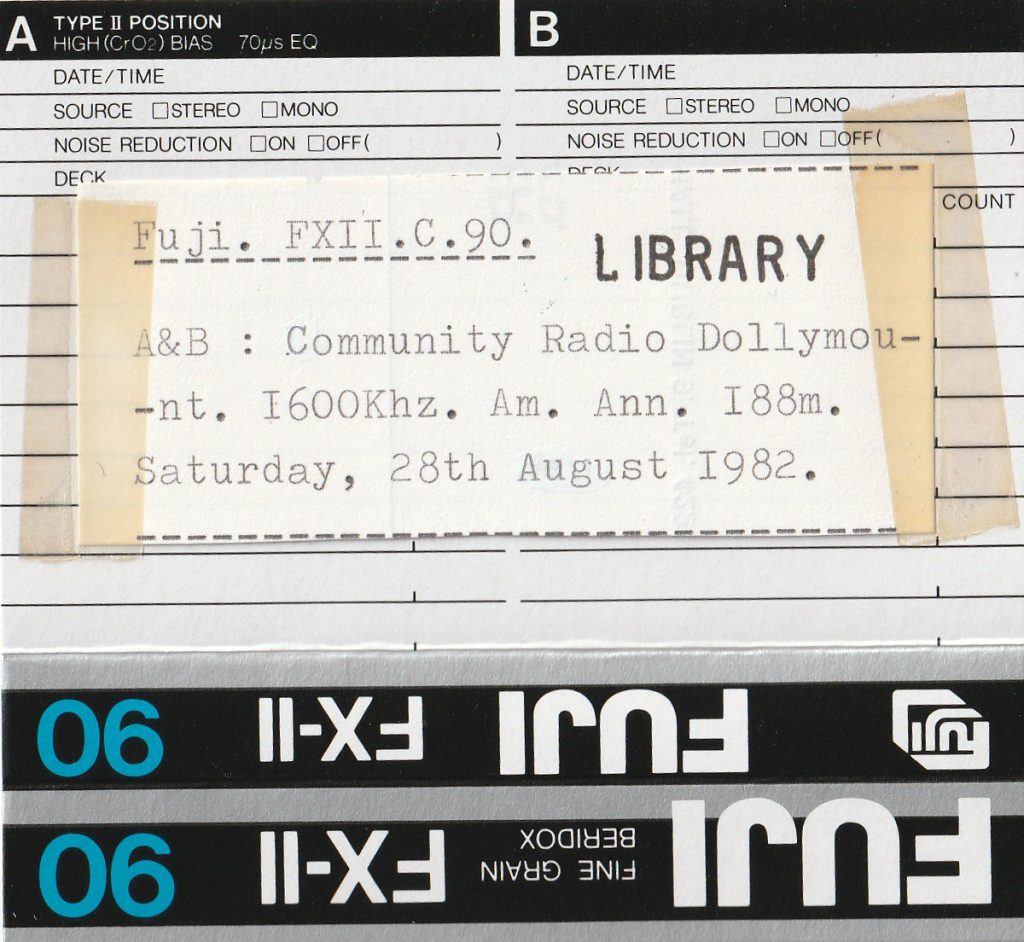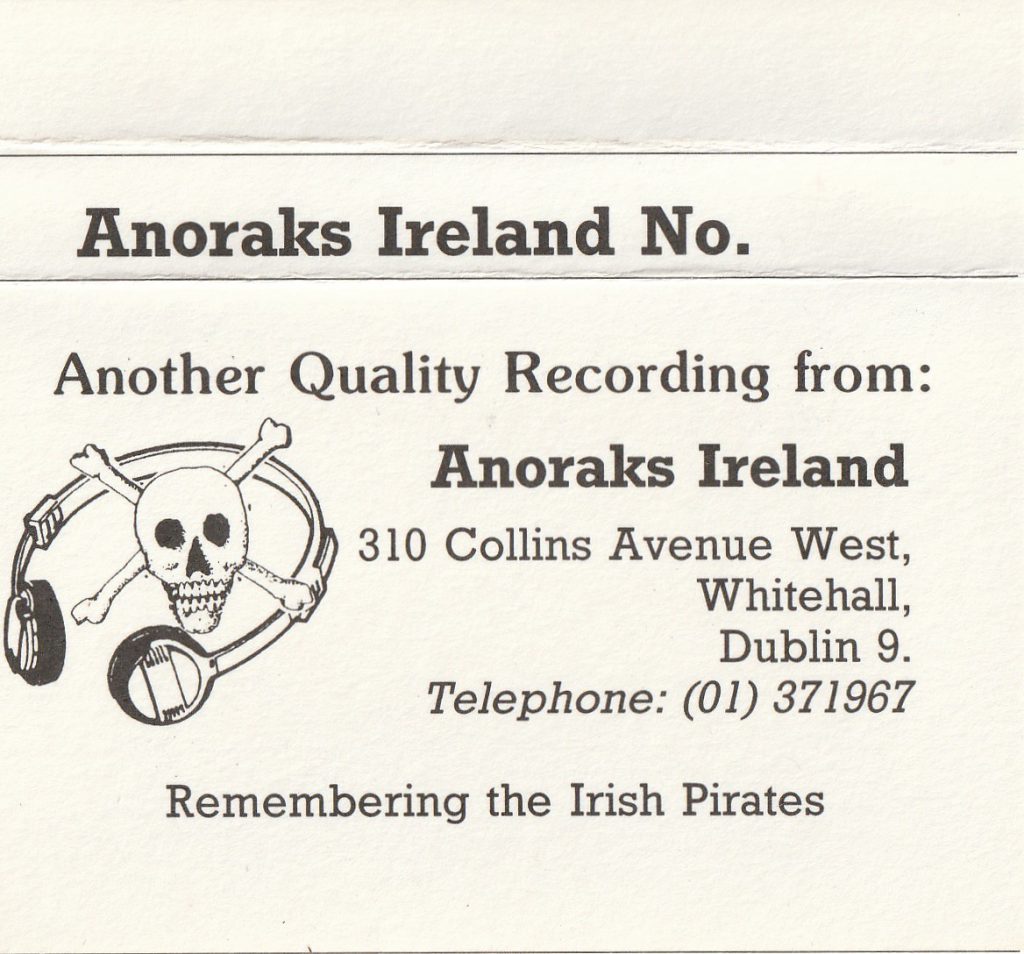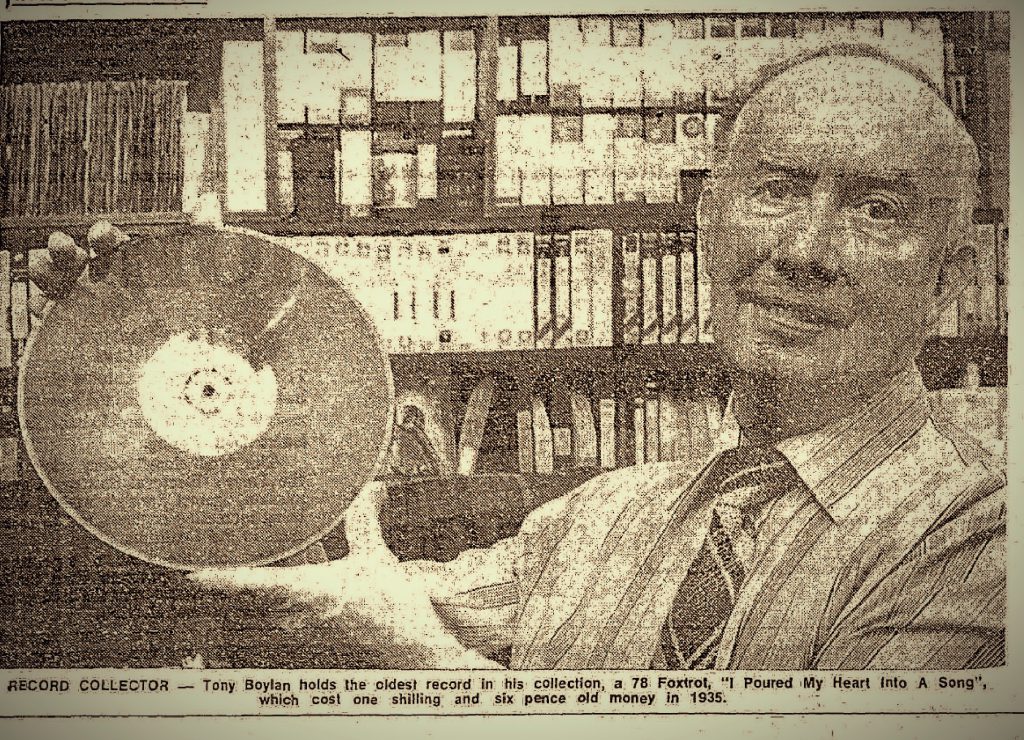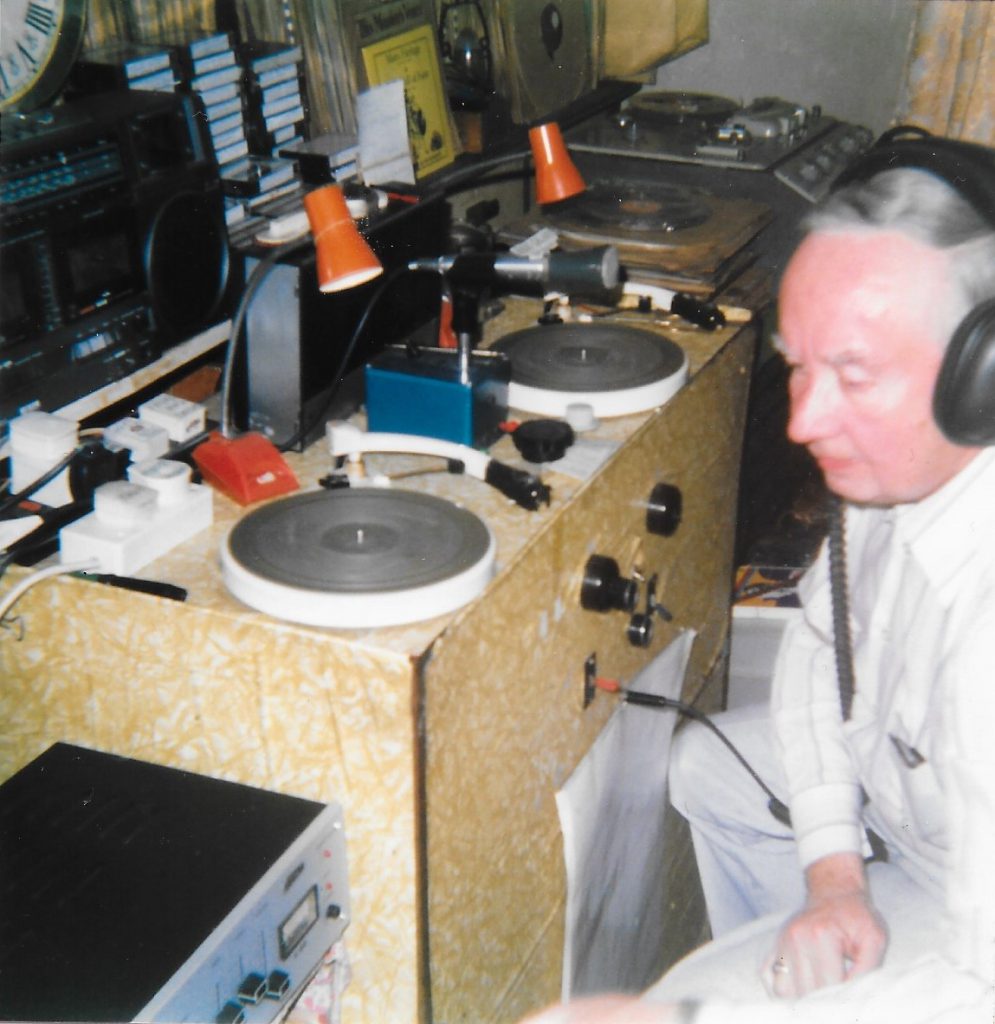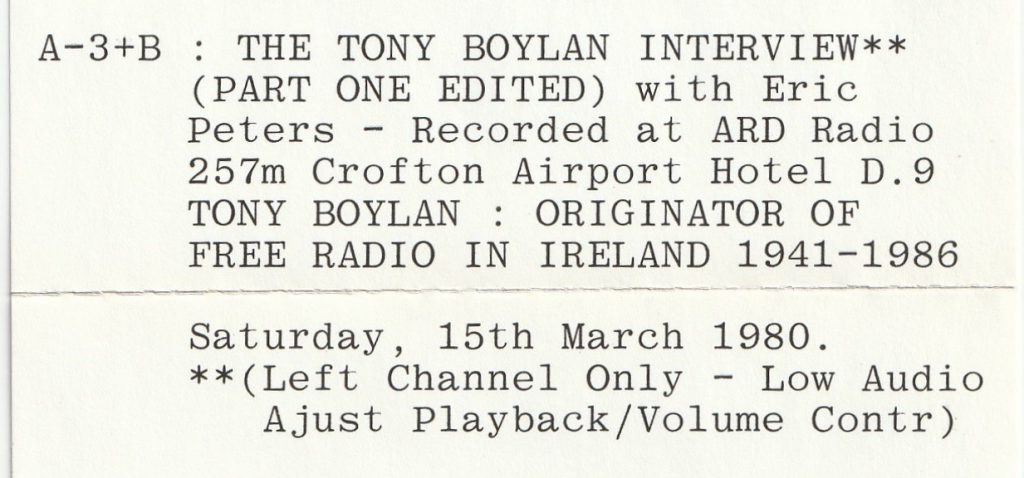Podcast: Play in new window | Download

This recording of Dublin super-pirate Radio Nova was made in the winter of 1983, six months after the raids that put it and the other main Dublin station Sunshine Radio off the air temporarily. By this time, Nova had resumed high-powered AM broadcasting on 819 kHz after equipment seized in the raid was returned following a court case. This gave it greater penetration into the west coast of Britain, an area that would be included in its weather forecasts to reflect the expanded listening area. The recording begins with the final few minutes of the religious programme Life is a Celebration, followed by news read by David Malone. Next up is Greg Gaughren, who continues to broadcast on the licensed Radio Nova in Dublin to this day. Commercial breaks include the usual mix of larger businesses and brands, reflecting Nova’s strong commercial success.
The tape was made near Birmingham from 0950-1030 on Sunday 27th November 1983 from 819 kHz AM. It is from the Leon Tipler Collection, donated to us by Steve England.
